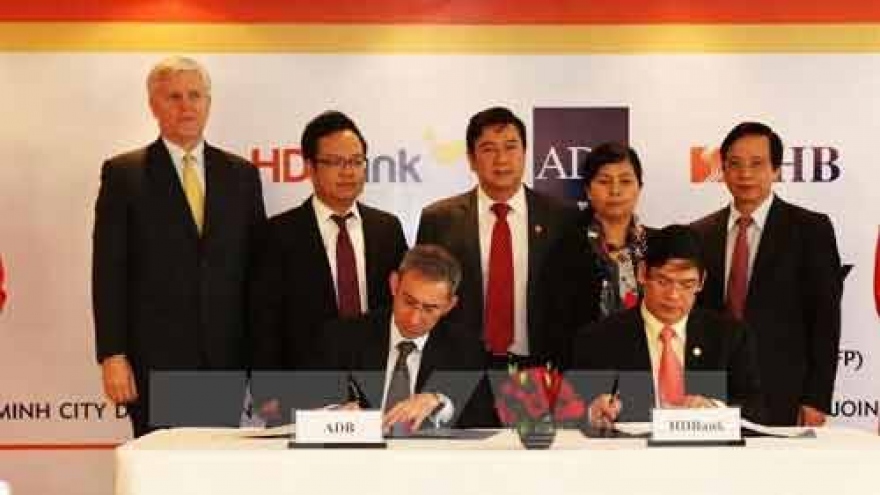ADB-funded project helps Ha Giang develop green city
The northern mountainous city of Ha Giang will become a green city once the Secondary Cities (Green Cities) Development Project II – Ha Giang subproject is completed in the next five years.
The information was revealed at a March 8 working session between the People’s Committee of the northern mountainous province of Ha Giang and the Asian Development Bank (ADB) on the implementation of the subproject.
Funded by the ADB, the US$51.14 million subproject will be implemented in 2016-2020, with a view to improving living conditions for locals, especially ethnic minorities.
According to Vice Secretary of the provincial Party Committee and Chairman of the provincial People’s Committee Nguyen Van Son, Ha Giang has supported ADB experts in collecting information serving the project and submitted related plans to the Ministry of Planning and Investment for approval.
The project aims to help Ha Giang develop green urban areas, focusing on promoting sustainable environment and improving economic competitiveness, said Hubert Jenny, an ADB expert in urban development.
 |
Technical assessments and analyses related to finance, economy, environment quality and climate change will be made during the project, thus facilitating the application of green infrastructure principles in subprojects, he added.
Son also mentioned difficulties facing Ha Giang in developing urban areas, adding that the project is in accord with the province’s planning and the national target programme on climate change adaptation approved by the Prime Minister.
According to the ADB, the Secondary Cities Development Project II will pilot integrated urban development and environment improvement through implementation of green city action plans (GCAPs) in three secondary cities in Vietnam, namely Ha Giang (Ha Giang province), Hue (Thua Thien Hue province), and Vinh Yen (Vinh Phuc province).
Inefficient urban infrastructure services, lack of resource management, and degraded environmental quality constrain the localities’ growth potential.
The project will finance subprojects that respond to stakeholder priorities to improve environmental quality, and strengthen disaster risk management, climate resilience, and urban infrastructure to enable competitiveness, the bank said.


